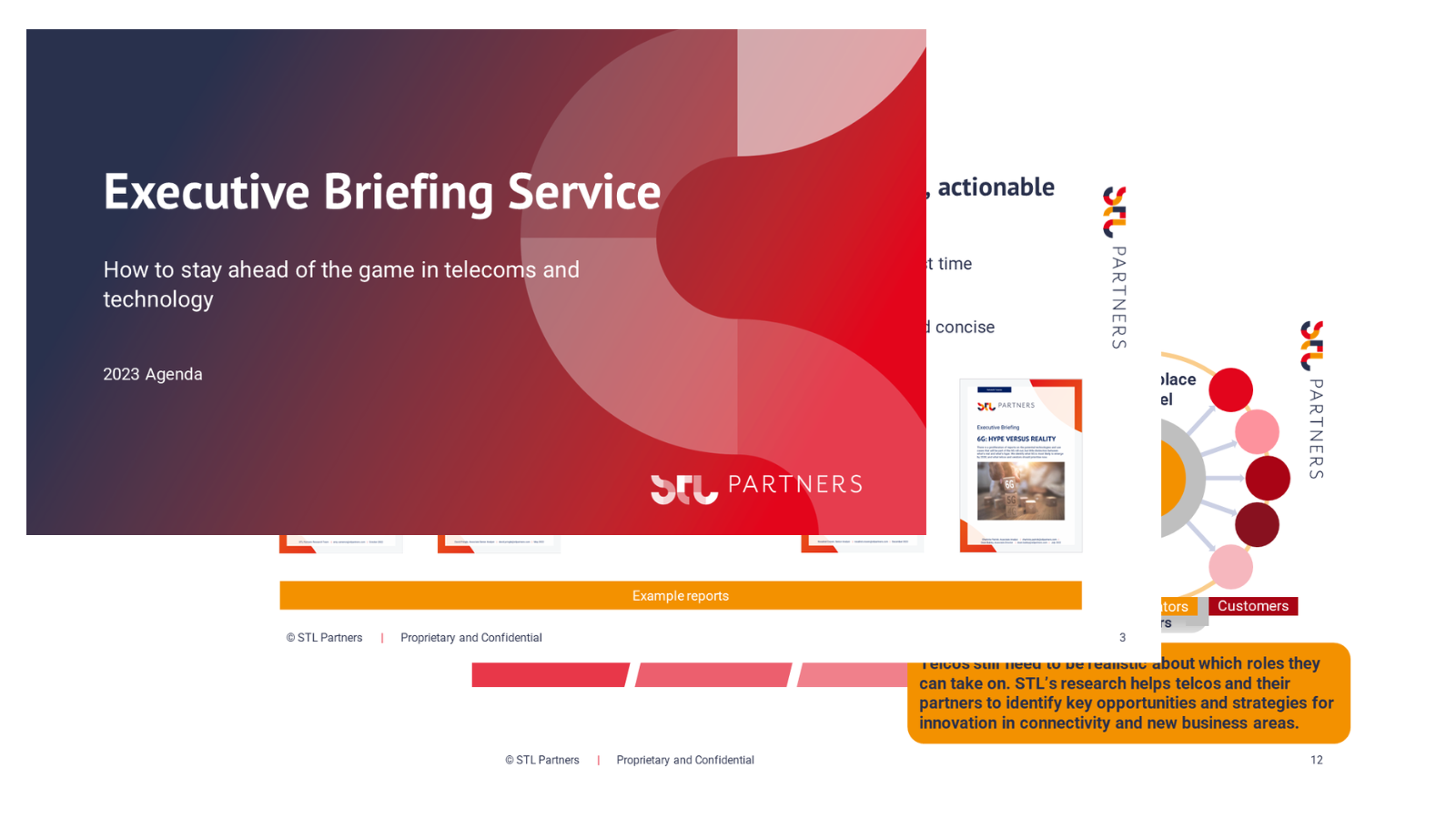
Commercialising 5G with SK Telecom
As one of the first in the world to launch 5G networks for both consumer and enterprise, SK Telecom (SKT) reported 5.48 million 5G subscribers at the end of 2020.
The operator pursued a “5G Cluster” based approach to the development of its network and services. It created high density coverage in specific locations (e.g. stadiums, parks, business districts, factories) and combined it with advanced-technology environments (including AR, VR and AI) to provide distinctive 5G services, highlighting 5G’s benefits over 4G.
What is South Korea’s 5G Plan?
South Korea’s government has been a strong proponent of 5G development since its commercial launch. In 2019, the government committed to investing over KRW 30 trillion (approximately $26 billion) to establish a comprehensive 5G environment by 2022. This initiative, known as the 5G+ Strategy, aims to promote 15 5G-based industries, potentially generating $73 billion in exports and creating 600,000 jobs by 2026. To facilitate this, the government has provided tax benefits, investment opportunities (such as a smart factory fund), removed regulatory barriers, created test-beds for 5G equipment and infrastructure, and spurred initiatives in 5G content creation. Additionally, it has supported SMEs in adopting 5G technologies.
What is SKT 5GX?
SK Telecom (SKT) has adopted a “5G Cluster” approach for its network and service development. This strategy involves creating high-density coverage in specific locations, such as stadiums, parks, business districts, and factories, and integrating them with advanced technology environments, including Augmented Reality (AR), Virtual Reality (VR), and Artificial Intelligence (AI). The goal is to provide unique 5G services that clearly showcase the advantages of 5G over 4G.
An example of SKT’s 5G Cluster is found at Seoul’s League of Legends Park eSports stadium. Here, SKT has installed technology that enables immersive experiences like 360-degree virtual tours, live VR broadcasting of eSports events, and VR replays from game character perspectives. Other notable clusters include the Olympic Park and Yeouido Park.
Furthermore, SKT has enhanced its OTT video service, “Oksusu,” by introducing an “SKT 5GX” section. This section is designed to distribute media content that benefits significantly from 5G technology. It includes three distinct categories: 5G MAX, offering an IMAX-like experience with VR headsets; UHD (Ultra High Definition), featuring 4K or higher resolution with pinch zoom capability; and VR (Virtual Reality)
As one of the first in the world to launch 5G networks for both consumer and enterprise, SK Telecom (SKT) reported 5.48 million 5G subscribers at the end of 2020.
The operator pursued a “5G Cluster” based approach to the development of its network and services. It created high density coverage in specific locations (e.g. stadiums, parks, business districts, factories) and combined it with advanced-technology environments (including AR, VR and AI) to provide distinctive 5G services, highlighting 5G’s benefits over 4G.
Expanding 5G Services for Consumers and Enterprises
From consumer perspective, the operator continues to expand its equipment range and finess its 5G tariff plans to meet consumption patterns, investing further in service elements such as long- and short-form video, AR and VR content and gaming.
Beyond business mobile, SKT’s approach to commercialising 5G in the enterprise segment has been to combine 5G connectivity with other capabilities such as AI, cloud and mobile edge computing to offer enterprise and SMEs cloud communication and SaaS services, machine vision manufacturing, connectivity for IoT monitoring, smart factory solutions (such as device management and data traffic control as well as equipment sensor management), robotic assistance and private 5G customisations.
SKT is also taking steps to collaborate with other telcos in order to make edge a success globally.
This April 2021 Report: SK Telecom’s journey in commercialising 5G examines the market factors that have enabled and constrained SKT’s 5G actions up to now and identifies lessons in the commercialisation of 5G for operators that are on their own 5G journey.
See our in-depth 5G research and our coverage of SKT’s 5G journey so far:
Download this article as a PDF
Read more about telecoms strategy
Executive Briefing Service overview pack
Our overview pack summarises the key agenda for CxOs and those driving growth in telecoms and technology
Telcos versus Techcos: Who is winning the battle of strategic capabilities?
STL Partners has conducted a significant study to benchmark the skills we consider critical for success in the future. Here is a summary of our high-level findings.
Telecom KPIs: What do they say about the industry
STL Partners investigates the strategic objectives and associated metrics telcos report on: Do telcos still reference the same performance metrics? Or are they reflecting industry change? How are telcos taking stakeholders with them on their change journeys?
Challenges of IoT Business Models
Challenges of IoT business models are increasingly evident, yet the need to make the world run better using connected technologies like 5G and automation (which we call the Coordination Age) is also increasingly clear. What is going on?





